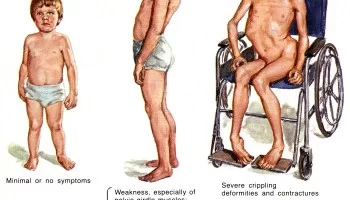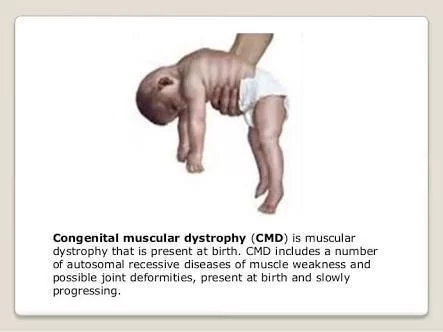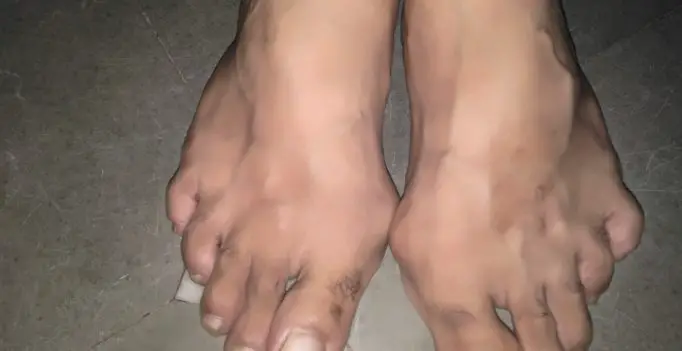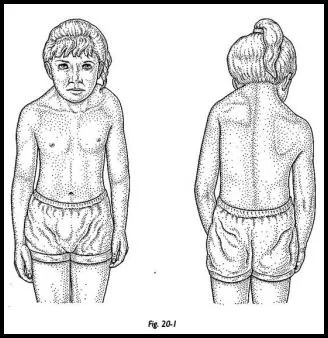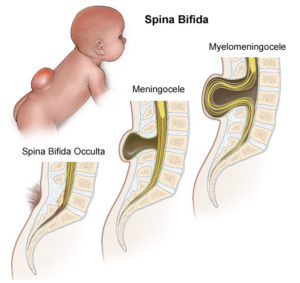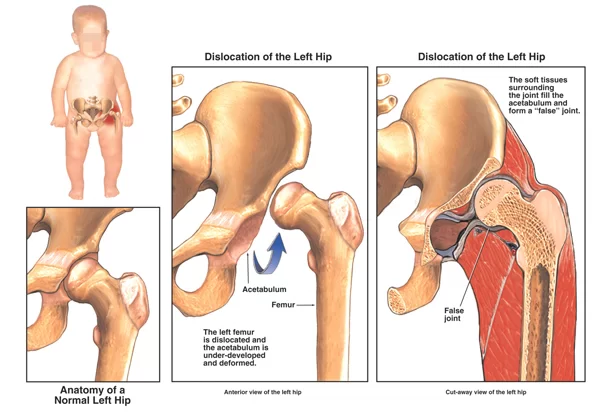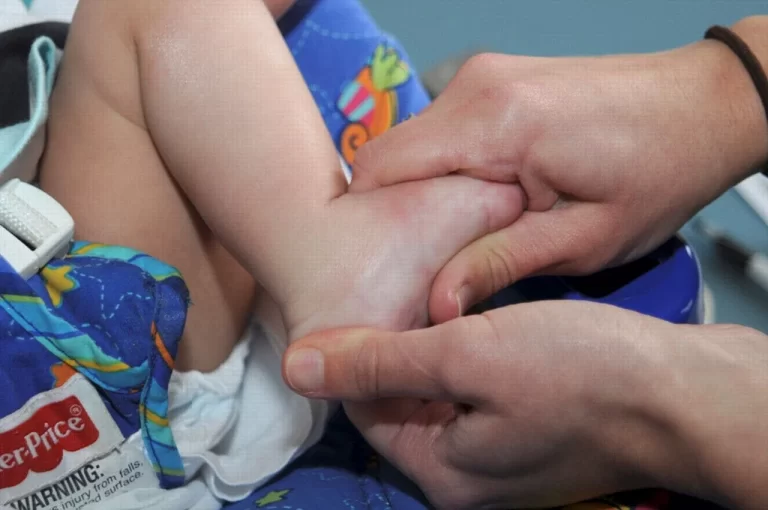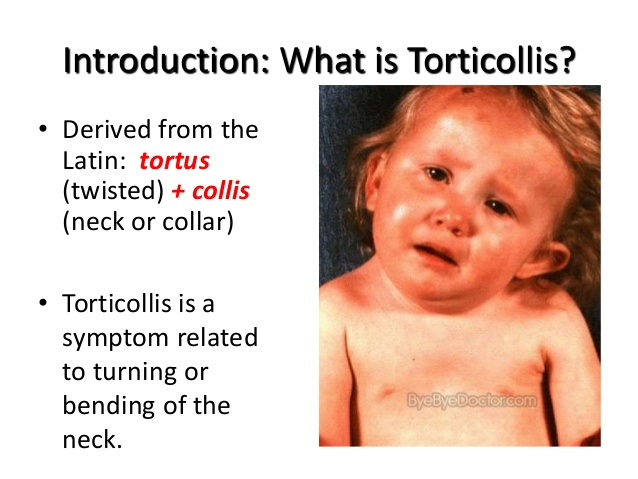Duchene Muscular Dystrophy (DMD)
What is a Duchenne Muscular Dystrophy (DMD)? → Duchenne muscular dystrophy (DMD) is a genetic disorder characterized by progressive muscle degeneration and weakness. This can result in trouble standing up. Most are unable to walk by the age of 12.→ Females with a single copy of the defective gene may show mild symptoms. Scoliosis is…

